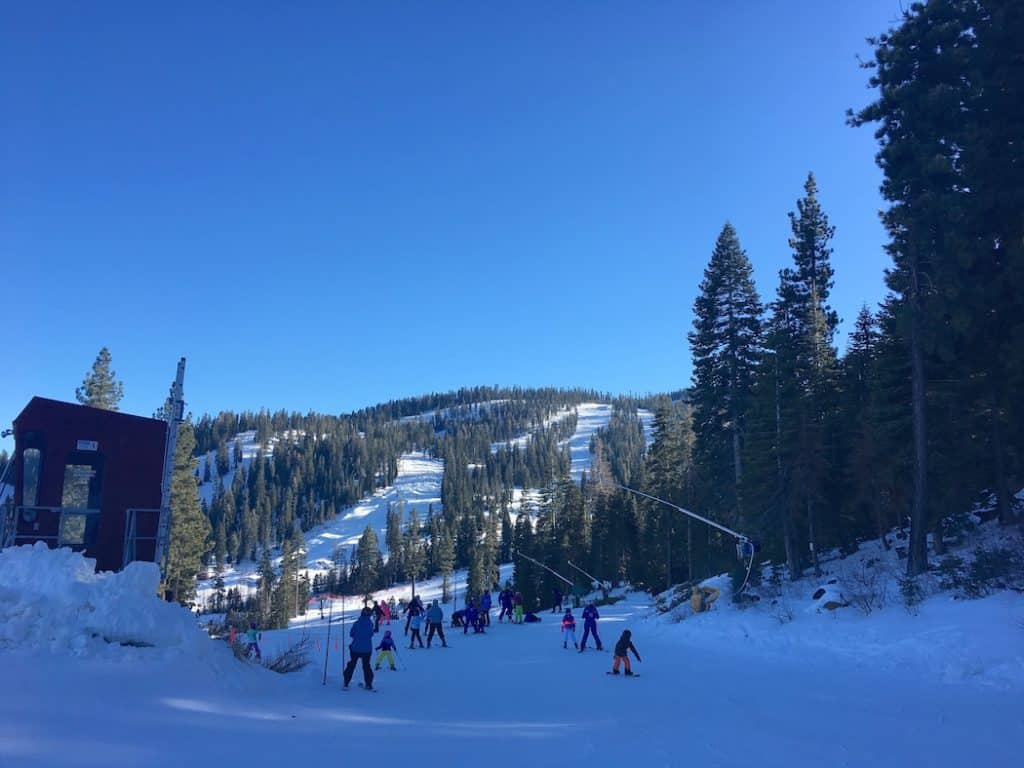
What’s it like to be in an Emergency Landing?
I remember it, like it was yesterday, though it was 18 years ago. I was working in the main cabin as a domestic flight attendant for a major airline.
It was ordinary flight from LAX to JFK, the most glamorous route in North America. Sometimes we had celebrities on board but we always had Dom Pérignon and caviar. Though this particular flight was light. Main cabin was half-full at best since it was one of the last flights out of LAX before the red-eye.
Our flight started normal. We took off in our reliable Boeing 767-200. Climbed out over the Pacific Ocean before turning and heading northeast to arch across the continent.
Though I was a bit nervous that flight. The night before I had a dream that we had ditched an aircraft after take-off.
An industry term meaning we landed an aircraft on water. And to crew, it’s a nightmare since the odds of that happening successfully are minuscule.
Though after we had taken off and cleared 10,000 feet, I started to feel better. Writing the dream off as an anxiety dream.
We started working, handing out drinks and dinner. Easy since we didn’t have a full cabin. With everything cleaned up and put away, I sat down in the back row. Thumbed through a magazine then called my boyfriend from the air phone (remember those). I was checking in which I never did since it was a $.25 a minute call, an indulgence on a flight attendant salary.
Next I got up and went to the lavatory and then I felt it. A wobble. I knew something was wrong. The aircraft pitched ever so gently side-to-side, naturally adjusting. I looked at another flight attendant.
“Did you feel that?” I asked.
“Yes” she responded.
“Engine?” I followed, knowing the passengers were out of earshot.
“I don’t think so. We would’ve heard it blow.” She answered.
Moments later we would have our answer. The purser, or lead flight attendant, had been called to the cockpit.
The LAX-based Captain relayed the message. “We lost Engine 1, prepare the cabin for an emergency landing. Might be Omaha, hopefully O’hare. Be on the ground in less than 20 minutes.”
She left the cockpit and signaled for an all call, meaning the entire cabin crew picked up the phone and listened.
And then the flight attendant manuals came out. The manuals that every flight attendant must carry and update religiously according to the standards of the FAA. Of course, we knew what to do but the manual must come out to follow the list in order. To make sure we were prepared for the unthinkable.
I remember taking out my manual. Flipping to the section for the 767-200. I didn’t rip out the red tab like trained. I opened the three-ring binder and pulled it out neatly. Subconsciously, I didn’t want to have to order another one. I was visualizing a safe landing and a tomorrow.
The cabin lights went to bright and everyone woke up. The purser started the announcement that no one wants to make.
“Ladies and Gentleman, the Captain has informed we will be making a planned emergency landing…”
And then all the flight attendants performed a manual safety demonstration, not using the video, like usual.
I could feel it. We were in a steep descent.
But there’s always a jackass on every flight.
“Does this mean we will be late arriving to New York?” A passenger stopped me to ask. I’m sure he worked in finance in New York.
I looked at him bewildered, not understanding the question. Didn’t he hear the term planned emergency landing or see the safety briefing that we just manually demonstrated.
Taking a breath, I explained as simply as I could. “Our airplane is sick. We must land immediately.” I walked away. I had an airplane to prepare for an emergency, not his schedule.
Since I was Flight Attendant #3 for the flight, I was on the 3R door, meaning I was responsible for the rear door on the right-hand side of the aircraft.
My duty was to find some passengers to help me open the aircraft door in case of a hydraulic lift failure during an evacuation. Starting from the rear of the airplane, I looked for heathy, strong men. The door weights over 300 pounds.
I found a pair. Looked reliable, they were wearing blazers.
“Excuse me, would you be able to assist me in opening the aircraft door in case of an evacuation?” I asked, hoping the guys didn’t see my knees trembling.
“No” they both answered. I was dumbfounded.
Ok, next.
I moved up the aisle. I reached a pair of Australian dudes who had connected from Sydney earlier in the day. They were wearing board shorts and tank tops. We had talked earlier. I was, after all technically single and in my 20s.
“Would you be…” I asked again, just like I was trained.
“Yes, absolutely.” They jumped up. “Now?”
“No! Hold on, I’m reseating you.” I motioned to the back of the aircraft. “And leave your stuff.”
Great, they haven’t slept since God knows when and they’re ready to help me. In that moment, Australians earned a place in my heart forever. Capable, helpful and I think they thought of it as a bit of an adventure.
I went through the basic operation of the door and the commands I would shout if I needed them. And my Australian dudes got every detail and even asked questions. God bless their hearts.
Then we heard it.
“Flight Attendants prepare for landing,” the Captain announced.
I seated my Australians in the last row, within earshot. Then I pulled down my jumpseat. I sat down, slipped into the harness and pulled it extra tight. Then I said a prayer.
And then we waited.
I kept my faith in my Captain’s skill and training. He was a Captain for a major U.S. airline. I knew he was the best of the best, probably wanted to be an Astronaut at one time. Most likely a former military fighter pilot. He went through constant training. In an emergency, the captain’s job was getting the aircraft and its passengers safely to the ground.
Flight attendants are in charge of the cabin, its passengers and their safety. We are the eyes, ears and nose for the cockpit crew. And flight attendants are trained for emergencies as well. Emergency training that’s based largely on past emergencies but we all know each situation is unique.
Like myself, most flight attendants possessed the calm, collected demeanor in high-stress situations. And most had the weird personality anomaly that made them run to danger. In that split-second when a fight-or-flight decision is made, flight attendants fight with both hands.
Was I scared, Hell Yes. A fear that I still feel today. But I had a job and a responsibility to perform so that became my only thought.
Seconds later, our Captain greased the landing. Crew lingo for the gentlest of landings, the passengers chapped.
I looked at the fellow flight attendants and let out a heavy sigh.
We were on the ground. We were safe. Our Captain had performed the job he had trained for his entire career.
Then we found out we had landed in Chicago. That was good, we could get another aircraft and continue to our original destination.
Next, our aircraft went to an area away from the terminal to be checked out before proceeding to a gate.
After deplaning, our Captain debriefed the flight attendants. We found out our engine 1 (the one on the left wing) had stalled. And that wasn’t supposed to happen. When an engine blows you can assume that the fault is contained to that one engine. But when it stalls, it could be the fuel.
And bad fuel will stall the other engine. As a saving grace on the Boeing 767-200, it’s equipped with a RAT. Ram-air turbine, that’s deployed in case of catastrophic engine failure to help the aircraft navigate to the ground.
The crew headed to operations and waited for instructions. It wasn’t long before operations had found us another aircraft to continue with our itinerary.
Within a hour, we loaded up our passengers and continued to JFK. I don’t remember that flight so much. Though it had moderate chop for the duration (turbulence that feels like driving down a bumpy road).
We arrived late, I didn’t get back to my apartment until the early morning hours. But I got a call later that morning assigning me to another flight, later in the day.



Comments are closed.